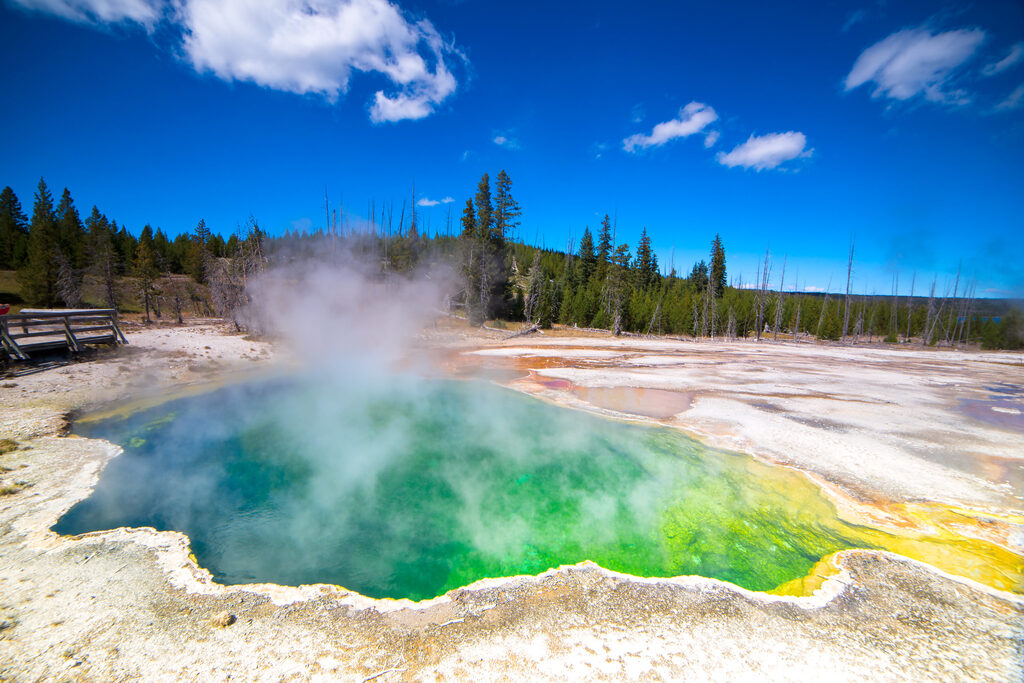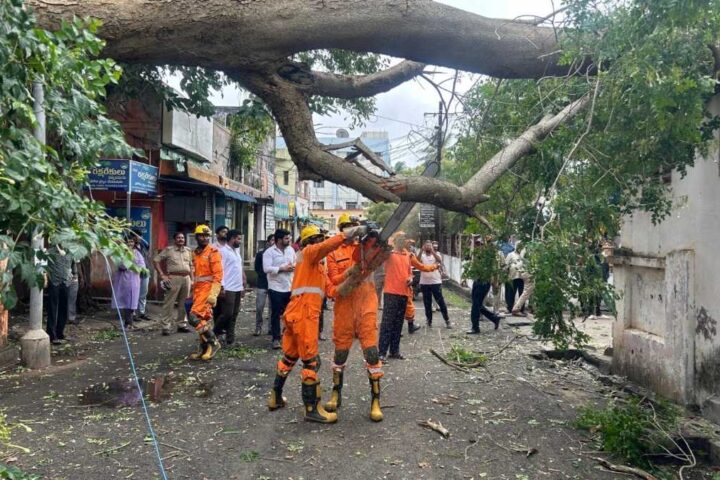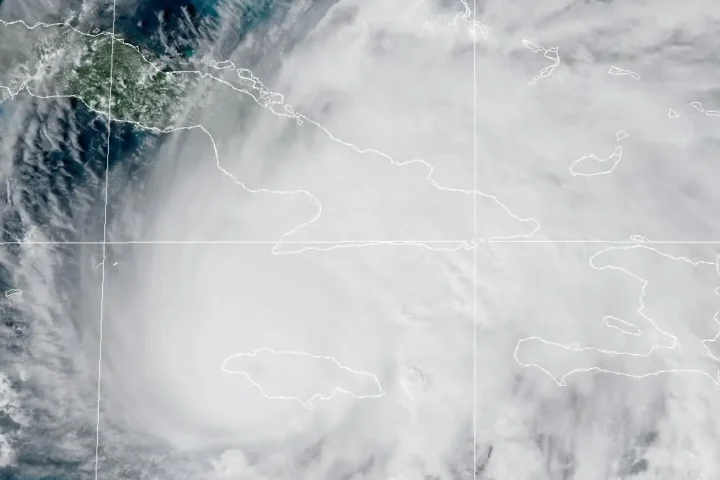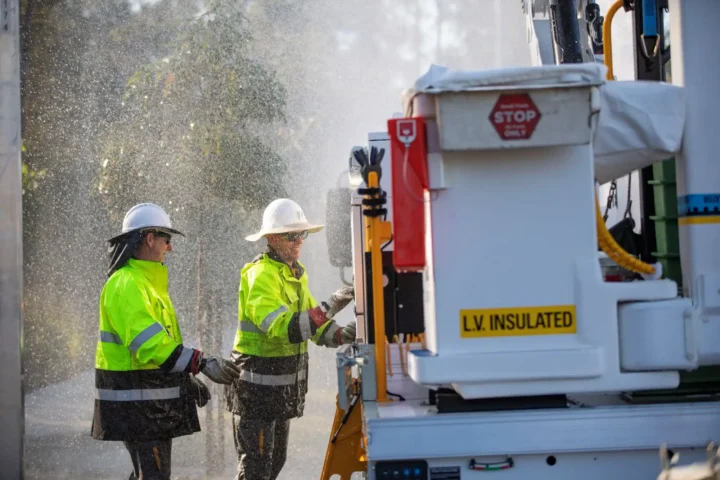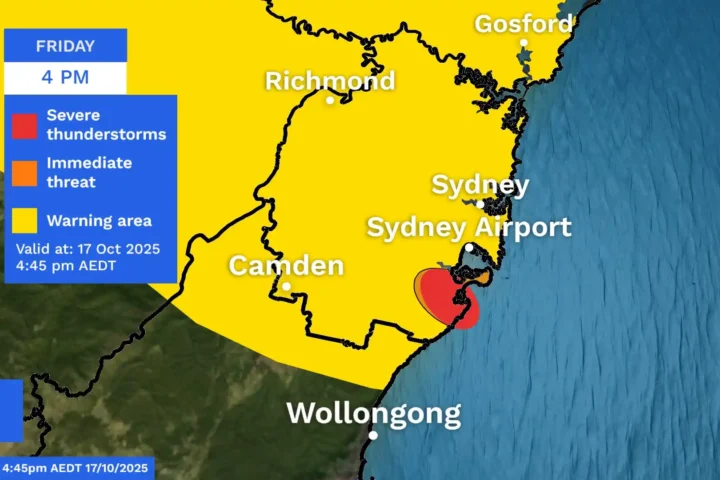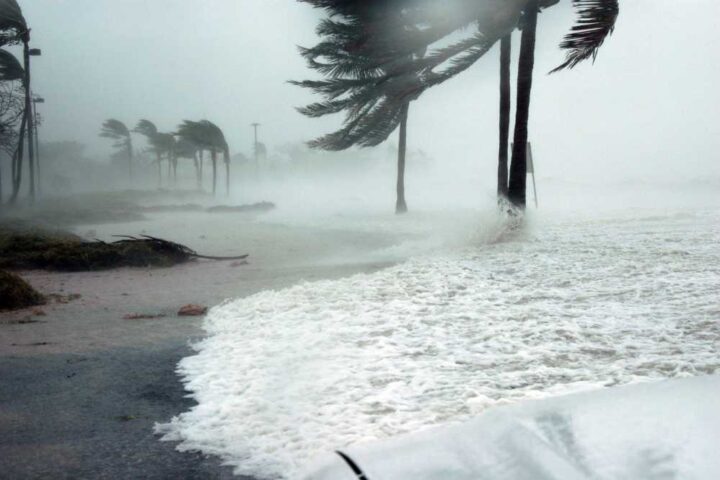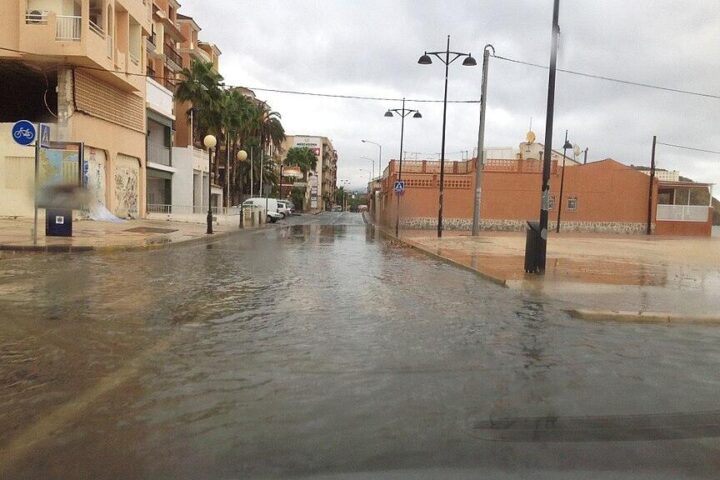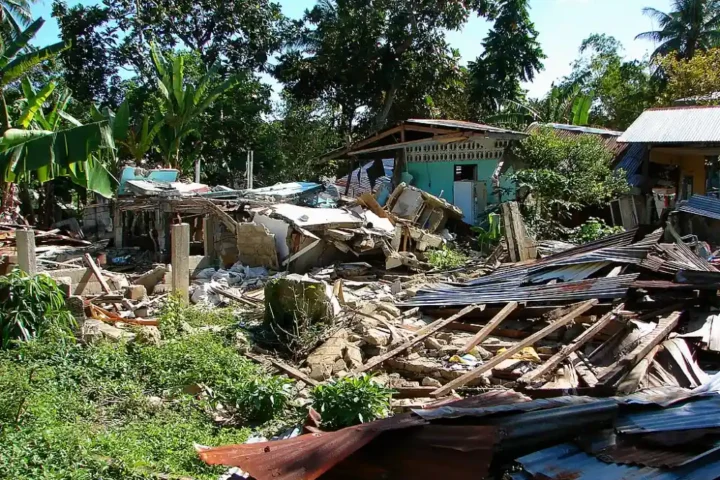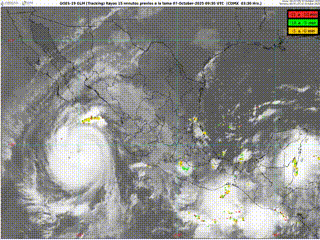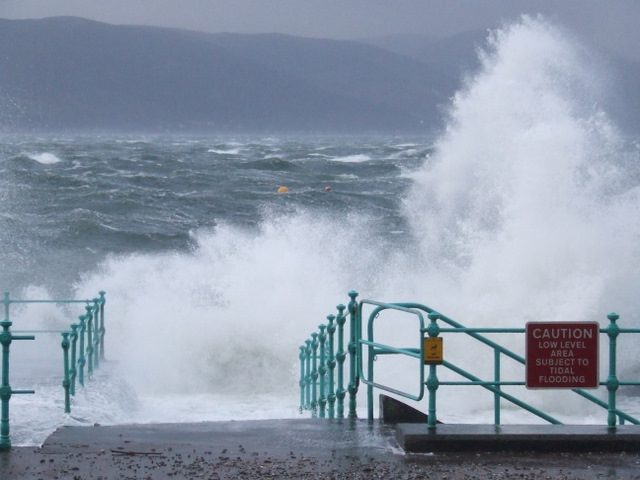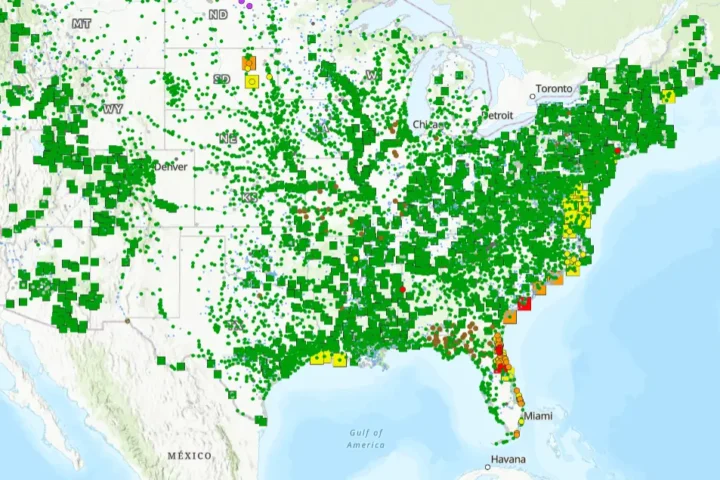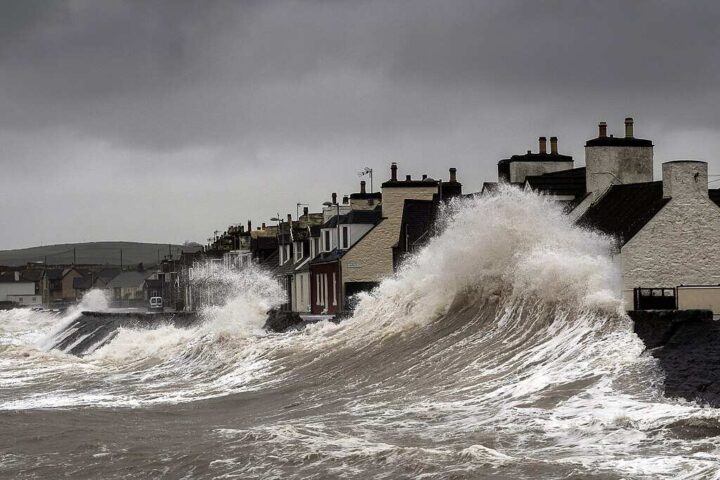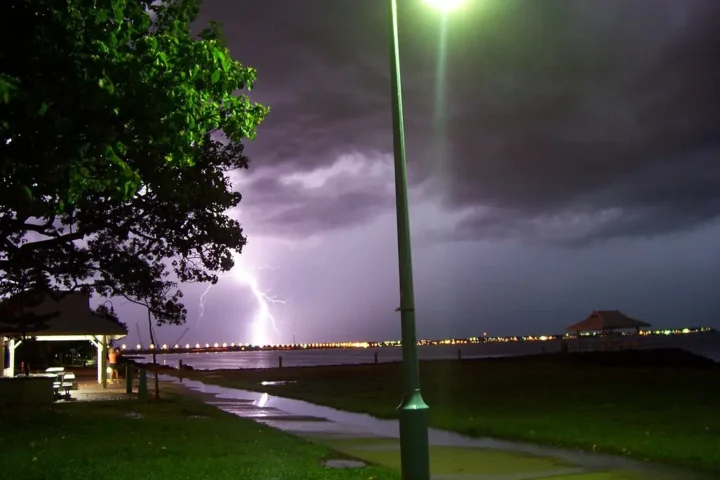Scientists have discovered important changes happening deep beneath Yellowstone National Park, home to one of the world’s largest volcanoes. These findings help us better understand the volcanic system beneath the park.
Key Findings Made Simple
Scientists used a method called magnetotellurics, which tracks electrical activity underground, to create a detailed map of molten rock (magma) beneath the park. They found that instead of one large pool of magma, there are seven smaller pools spread out underground. The largest of these pools has moved to the northeast part of the park.
“When we used magnetotellurics, we were able to see, actually, there’s not a lot there,” explains Ninfa Bennington, who led the study at the Hawaiian Volcano Observatory. “There are these segregated regions where magma is stored across Yellowstone, instead of having one sort of large reservoir.”
What This Means for Public Safety
The research found:
- The percentage of magma stored in the reservoirs was actually quite low
- This means that none of the reservoirs have enough magma to produce an eruption anytime soon
- The northeast region of Yellowstone wouldn’t expect to erupt again for hundreds of thousands of years
Similar Posts
Understanding the Science in Simple Terms
The study revealed:
- Seven distinct regions of magma between 4 and 47 kilometers (2.5 to 30 miles) underground
- The northeast region contains chambers of rhyolitic magma in the upper crust, heated by basaltic magma in the lower crust
- The rhyolitic magma volume is estimated at 388 to 489 cubic kilometers
- This volume is similar to previous major eruptions at Yellowstone
Historical Perspective
Yellowstone’s last major eruption occurred about 640,000 years ago. That event:
- Created the current 30-by-40-mile wide caldera (large volcanic crater)
- Covered an area nearly the size of Rhode Island
- Spread ash and materials over 1,000 miles, reaching what is now Southern California and Louisiana
- Rated as an 8 on the Volcanic Explosivity Index (the highest possible rating)
Ongoing Monitoring
Scientists continue to study Yellowstone using magnetotelluric surveys, which measure variations in the Earth’s natural electromagnetic fields. This helps them track changes in the underground magma system and better understand potential future volcanic activity.
The research shows that while Yellowstone’s volcanic system continues to evolve, the current magma levels indicate no immediate volcanic threat. For specific safety guidelines when visiting the park, visitors should follow official National Park Service instructions.
